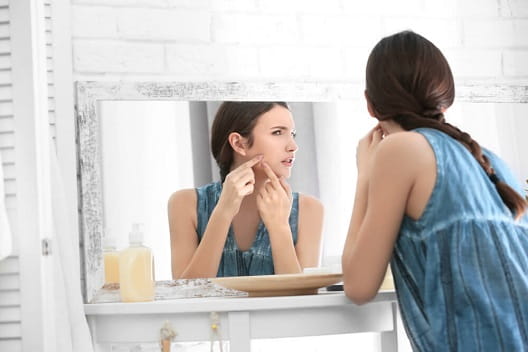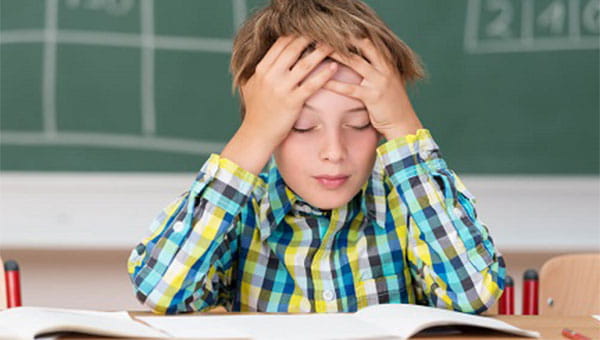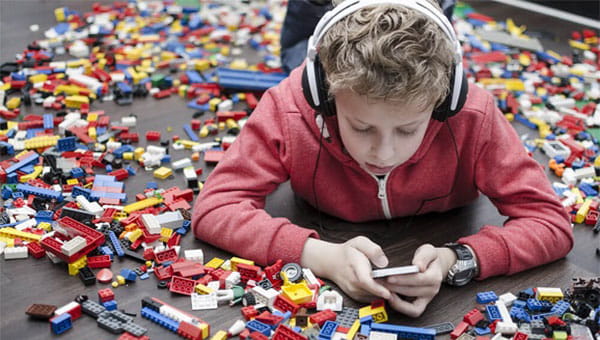Adolescence—it’s that time in our children’s lives when we suddenly realize that we don’t recognize them anymore. Once those hormones awaken, kids are thrust into a world of mood swings, unfamiliar feelings and hair in weird places. Oh, and don’t forget about the one sign of impending puberty that’s out there for everyone to see: acne.
What causes acne?
First of all, acne isn’t caused by dirt or oil on the surface of the skin, which means that poor hygiene isn’t to blame. The reason acne tends to show up around puberty is because the increase in hormones causes the sebaceous glands to produce more oil, and the pores can’t keep up with their job of pushing oil and dead skin cells up and out of the skin to be washed away. The result is pore blockage and bacteria growth, causing the notorious red, inflamed bumps we know as pimples.
Talking to your kids about acne
Remember that acne is typically embarrassing to teens and pre-teens, making them feel less than attractive at a time when their looks seem very important. You don’t want to embarrass them further by turning it into a big deal, but you also don’t want to minimize their feelings or treat it like “kid stuff.” Often, a casual approach is the easiest way to bring up the subject. You might say something like, “I noticed you have a pimple—do you want to get something to clear it up?” A quick trip to the drugstore for some benzoyl peroxide cream may be all that’s needed.
Treating acne
Remind your child to wash their face and other acne-prone areas twice a day with soap and lukewarm water, and to avoid scrubbing hard, which can irritate the skin and actually make acne worse. They should use the benzoyl peroxide cream according to the directions on the package. If the cream doesn’t keep the pimples at bay, speak with your child's pediatrician about seeing a dermatologist or other treatment options.




